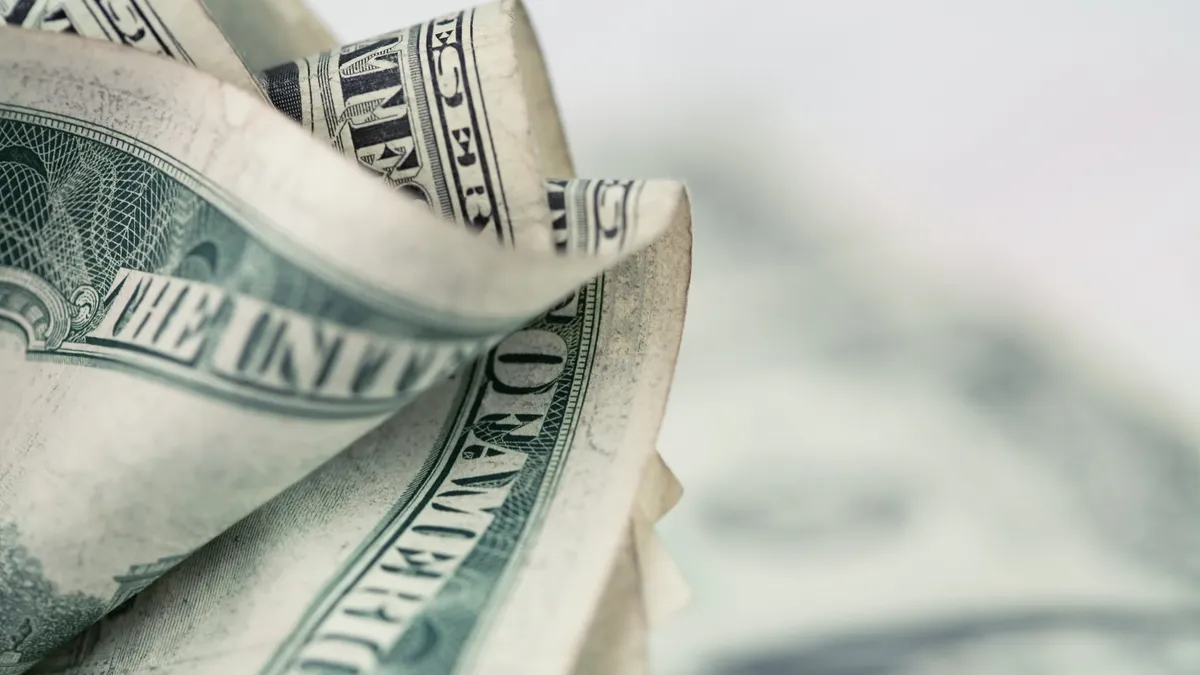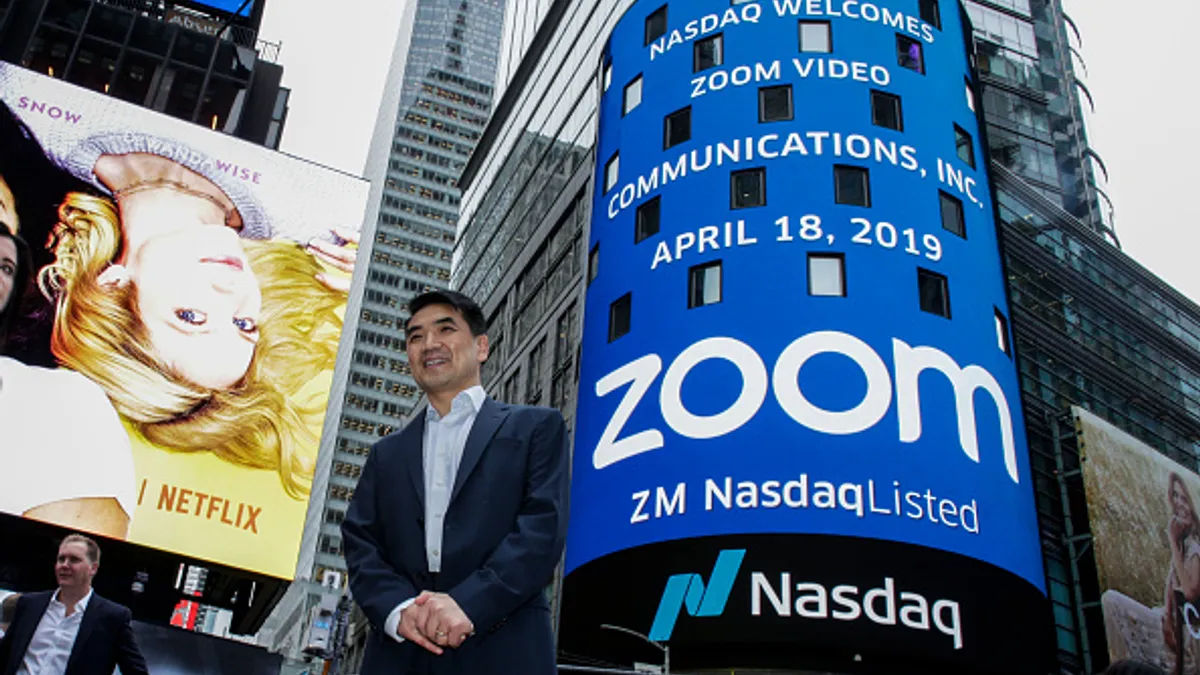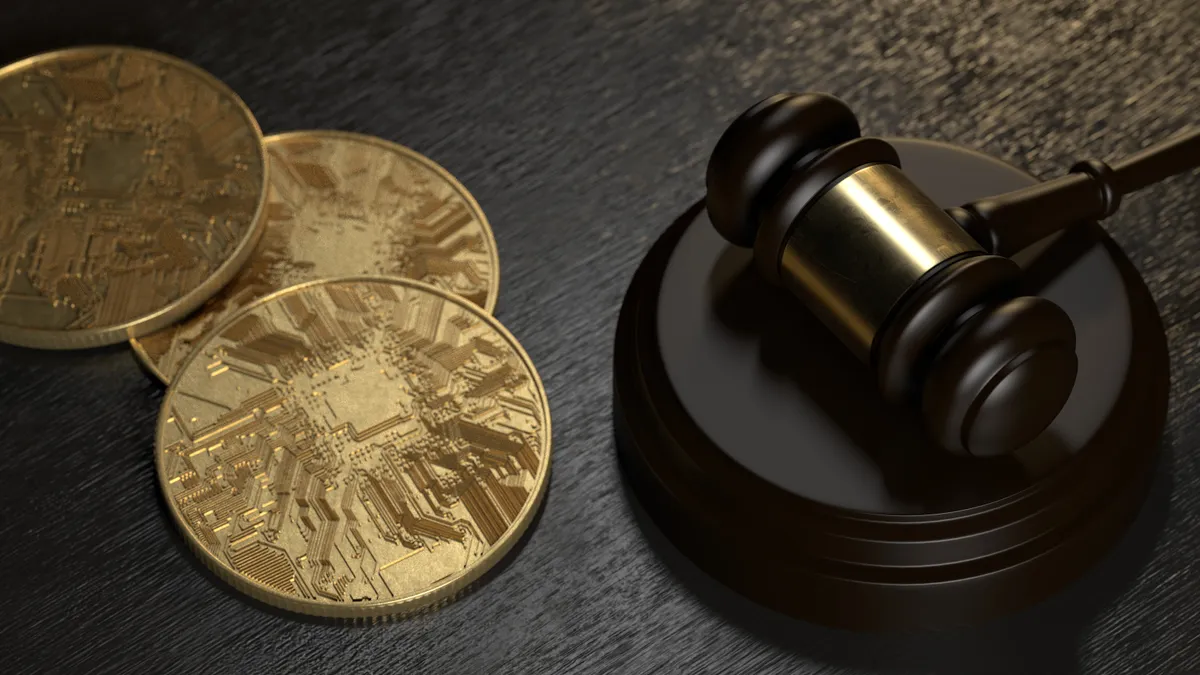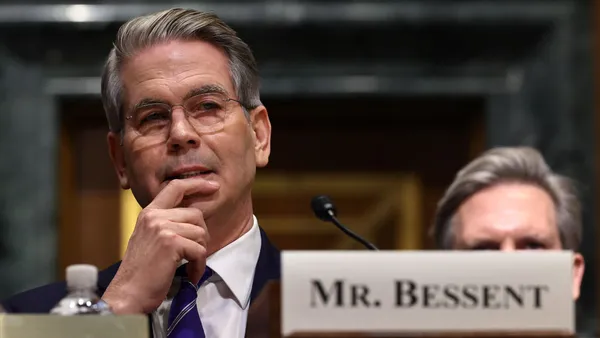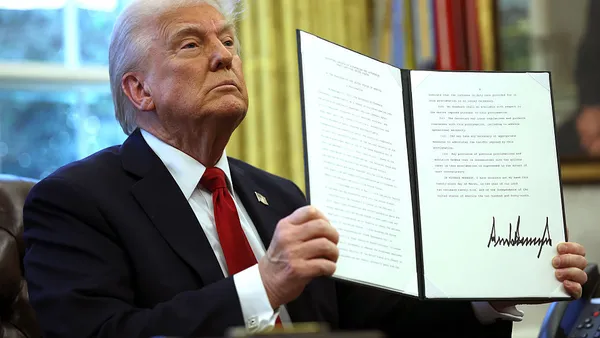Dive Brief:
- Inflation accelerated and consumer spending rose less than expected in February, stoking worries that the U.S. economy is lurching into a period of “stagflation” marked by rising prices and slow growth.
- Consumer spending last month increased just 0.1% as the personal consumption expenditures price index excluding volatile food and energy — the Federal Reserve’s preferred measure of inflation — accelerated to a 2.8% annual rate from 2.6% in January, the Bureau of Economic Analysis said Friday. The Fed targets inflation at 2%.
- “The whiff of U.S. stagflation is intensifying according to the latest economic data,” Mohamed El-Erian, chief economic advisor at Allianz, said in a post on X. He noted that long-term consumer expectations for inflation surged to 4.1%, a 32-year high, according to a University of Michigan survey released Friday.
Dive Insight:
Fed officials and private sector economists have flagged inflation risks and marked down estimates for economic growth this year, warning of the potential impact from tariffs, mass deportations and other policy shifts by the Trump administration.
In a median estimate released on March 19, central bank officials downgraded their forecast for economic growth in 2025 to 1.7% from 2.1% in December, with policymakers noting that “uncertainty around the economic outlook has increased.”
After the release of economic data on Friday, the Atlanta Fed forecast that gross domestic product will shrink during the first quarter at a 2.8% annual rate. The regional bank on Wednesday predicted a 1.8% contraction during Q1.
The outlook has dimmed this year among consumers, whose spending generates nearly 70% of economic growth.
Consumer sentiment this month sagged 12% to the lowest level since 2022, with an index of expectations plummeting 18% since February, according to a monthly survey by the University of Michigan.
The findings align with results from a Conference Board survey released Tuesday showing that consumer expectations for employment, personal income and business conditions during the next six months plunged to a 12-year low amid mounting anxiety about tariffs and trade policy.
“Consumers continue to worry about the potential for pain amid ongoing economic policy developments,” according to Joanne Hsu, director of the University of Michigan’s survey. One out of three consumers expect unemployment to rise in the coming year, the highest level since 2009.
“This trend reveals a key vulnerability for consumers, given that strong labor markets and incomes have been the primary source of strength supporting consumer spending in recent years,” Hsu said.
Expectations for inflation a year in advance surged to 5% this month from 4.3% in February, the highest reading since November 2022 and the third straight month of increases of at least 0.5 percentage point, she said.
Since their March 18-19 meeting, Fed officials have flagged the risk that tariffs will fuel price pressures.
“I would be wary of assuming that the impact of tariff increases on inflation will be entirely temporary,” St. Louis Fed President Alberto Musalem said in a speech Wednesday. “I would also be uncomfortable if medium- to longer-term inflation expectations begin to rise.”
Boston Fed President Susan Collins was more pointed in her warnings about the inflation-stoking potential of import duties.
“It looks inevitable that tariffs are going to increase inflation in the near term,” Collins said Thursday.
“My kind of modal outlook would be that that could be short-lived with a continuation of some disinflation, but further in the future than I might have expected before,” she said. “But there are risks around that, and depending on how things unfold, it may be more persistent and a larger increase.”
Fed officials this month have echoed Fed Chair Jerome Powell’s repeated assertion that the unusually murky outlook calls for a cautious approach to monetary policy.
“A dense fog has fallen,” Richmond Fed President Tom Barkin said in a speech on Thursday. “It’s not an everyday “forecasting is hard” type of fog — it’s a “zero visibility, pull over and turn on your hazards” type of fog.
“And that’s what businesses seem to be experiencing,” Barkin said. “Even those that believe the sun is still lurking behind the fog aren’t willing to take many risks today.”



